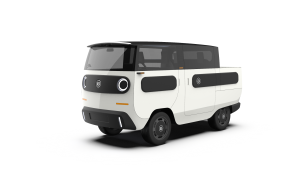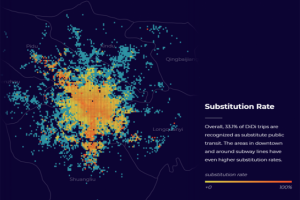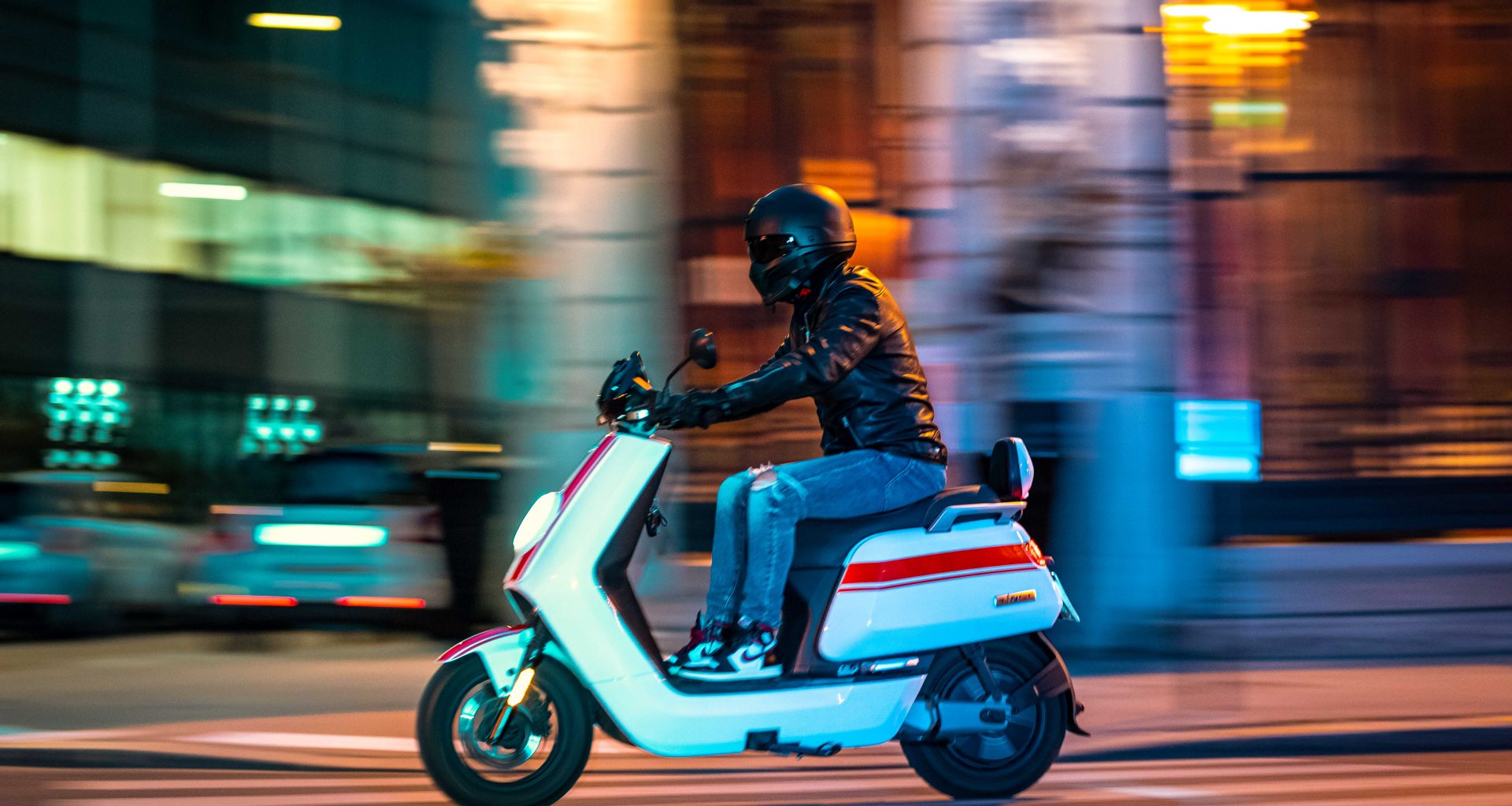Electric Vehicles for Military Use
The New Zealand Defence Forces (NZDF) are currently trialing the UBCO 2X2 electric motorcycles for tactical use. This is a major step in using greener technology and more environmentally friendly energy sources for transportation. The sustainable electric vehicles suit the NZDF’s sustainable framework known as Tuku Iho. Loosely translated from Maori, this means “passing on what you’ve received in as good as or better condition than you receive it.”
The electric motorcycles being tested will likely be used for reconnaissance and surveillance, airfield security, and other transport roles. They were chosen because they are relatively lightweight, use a non-flammable fuel source, and are very quiet. We are looking forward to seeing how the NZDF will use these motorcycles!
Kandi Announces New Affordable EV
Kandi America just formally announced the launch of the most affordable electric vehicles (EVs) on the U.S. market. Additionally, they also unveiled a campaign called “Kandi. Auto EVolution for all” that will be virtually launched on August 18th. Kandi hopes that with their low prices, sleek design, and innovative technology, they will make electric vehicles accessible to all.
The two models available for pre-order include the K27 and K23, priced between $12,999 and $22,499. What’s even more exciting is that Kandi will also conduct a drawing, with one lucky winner receiving a model K23 for free!
“Electric vehicles have been valued for years for their efficiency, sustainability, and innovation. However, owning the ‘it’ car often eluded consumers who desired a great EV alongside all the other comforts of modern living. Kandi changes that and revolutionizes the EV-buying experience for many.”
Johnny Tai, CEO of Kandi America
Introducing an Electric Modular EV

German company Electric Brands plans to bring eBussy to the market next year. eBussy is a modular vehicle, able to transform into 10 different styles. The vehicle’s unique use of drive-by-wire technology allows users to transform it. This means that there are no mechanical parts to connect the steering wheel to the medals to the front wheels. It can be converted from a convertible to an off-roader, from a box body to a station wagon, from a pick up to a camping bus in just a few steps.
The vehicle is designed to be used in urban settings. The models will also boast a 10 kWh pattering that has a range of 200 km (124 miles). The vehicle as a whole will weigh between 450 kg (992 lbs) and 600 kg (1,322 lbs). The basic eBussy model costs €15,800 ($18,273).
Repurposing Parking Lots
Since the coronavirus pandemic, large parking lots still remain empty even as traffic levels slowly rebound. Repurposing these parking lots can benefit many communities.
The first way is to open up farmers’ markets. Grocery shopping in the outdoors may be the safest way to buy food. Another way to repurpose the parking lot is to create no-contact playgrounds. Teachers of Battleground Elementary in Lincoln town, N.C already transformed a parking lot to contain socially distant games, including a “follow me” track, and giant Tic-Tac-Toe. Communities can also transform parking lots into shelter environments. As the virus rages on, living in city-run shelter environments poses new dangers. These outdoor shelters can offer refuge for city residents to rest, have a meal, and access medical care.
Parking lots can also serve as a venue for protests and public health care outreach centers.
The Future of Ride-sharing and Public Transport
A recent paper from SMART Future Urban Mobility interdisciplinary research group (IRG) and the JTL Urban Mobility Lab at MIT studied the relationship between ride-sharing and public transit. Their main objective was to determine if ride-sharing apps would complement or substitute for public transport.

Using data from Chengdu, China, they found that one-third of ride-sharing trips could potentially substitute for public transit. More substitutions happened in the daytime (8 a.m. to 6 p.m.), and substitution rates were higher near the city center.
High substitution rates indicate a need for a better public transit system in a certain area. On the other hand, low substitution rates can highlight places where the city should implement new metro and bus lines.
Written by: Sam Heimowitz and Jenny Tan


